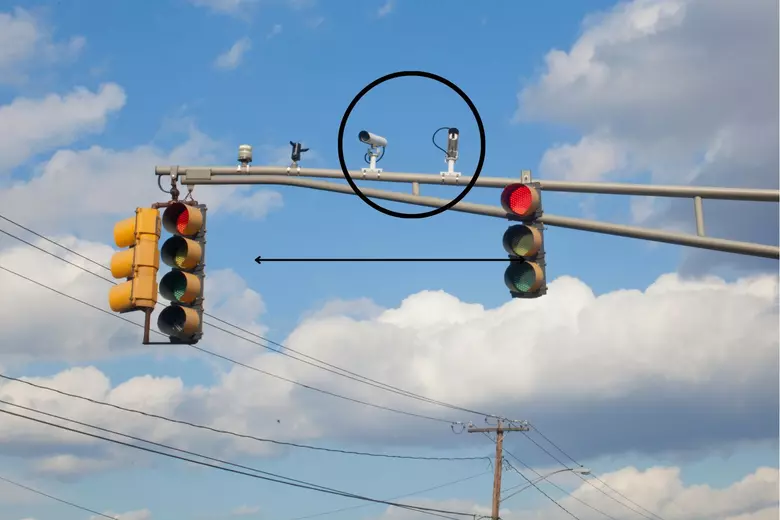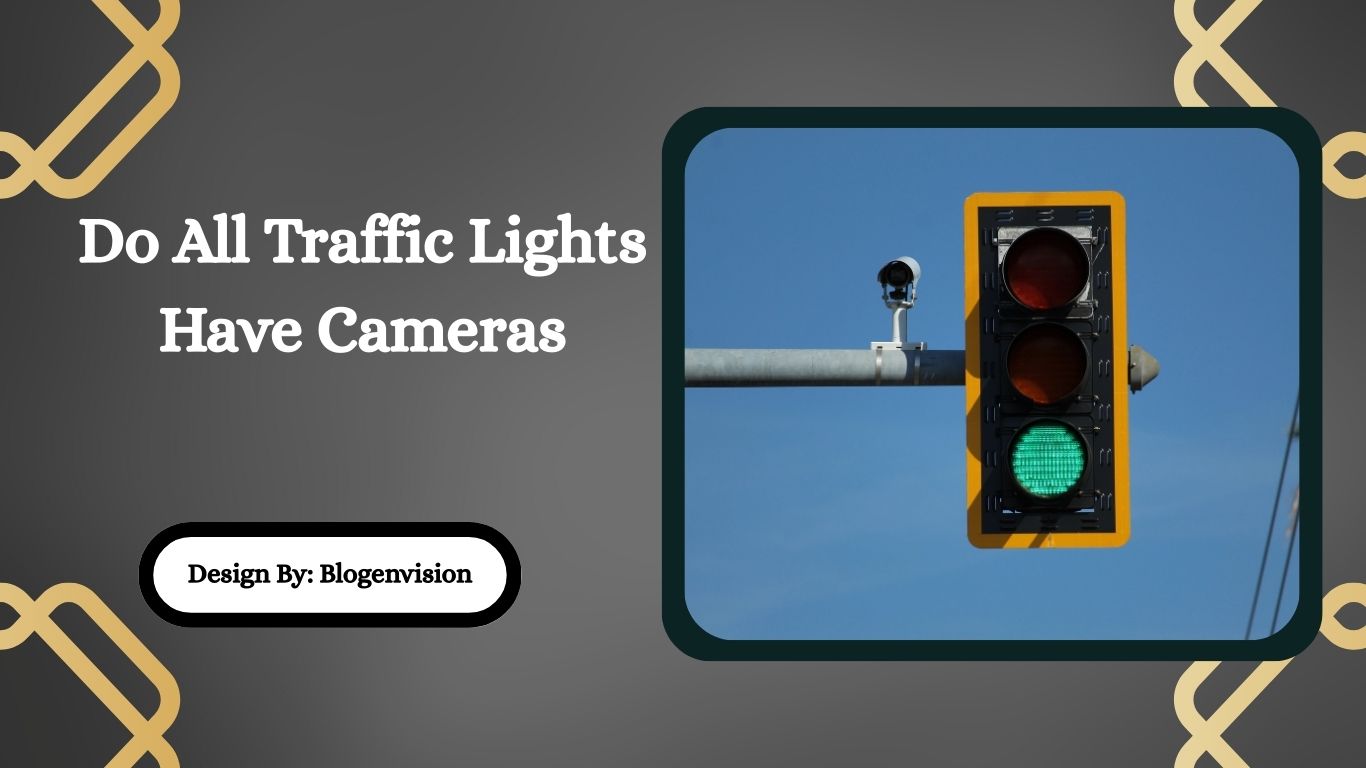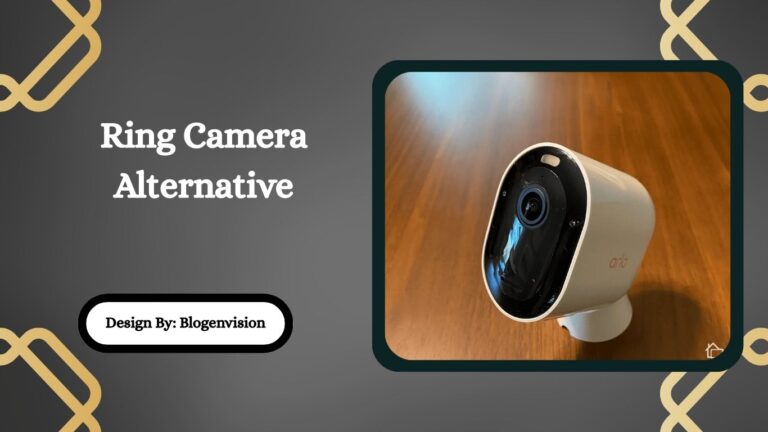Do All Traffic Lights Have Cameras – Complete Truth Explained Simply!
No, most traffic lights don’t have ticket cameras. Only select dangerous intersections use red light cameras, always marked with warning signs. These cameras photograph vehicles running red lights, issuing mailed tickets reviewed by officials first.
Many drivers get nervous when they see cameras mounted on traffic lights. They immediately wonder: “Is this camera going to catch me and give me a ticket?” The truth might surprise you. Most traffic lights don’t actually have cameras that can issue tickets. Only certain special intersections have these enforcement cameras.
Understanding What’s Really on Traffic Light Poles:
When you look up at a traffic light, you’ll notice different devices attached. Here’s what they actually do:
Traffic Detection Sensors (Most Common)
- Small round or square devices (usually black or gray)
- Detect when cars are waiting at the light
- Help control when the light changes
- Often placed on the horizontal arm above lanes
- Cannot take photos or issue tickets
Emergency Vehicle Preemption Systems
- Allow fire trucks and ambulances to change lights
- Use special flashing strobe lights or infrared signals
- Help emergency vehicles get through intersections faster
- Look like small white or clear domes
Traffic Monitoring Cameras
- Used to watch traffic flow
- Help city planners understand congestion
- Monitor accidents in real-time
- Usually don’t record for enforcement
Actual Red Light Cameras (Less Common)
- Only at select dangerous intersections
- Specifically designed to catch red light runners
- Always have warning signs posted
- Take photos only when light is red
Where You’ll Find Real Ticket Cameras?

Cities install red light cameras at very specific locations:
Most Common Places:
- Intersections with lots of bad accidents (especially T-bone crashes)
- Busy downtown areas with heavy pedestrian traffic
- Near schools and hospitals where safety is extra important
- Spots where many people run red lights
States That Use Them Most:
- California (especially Los Angeles and San Francisco)
- Florida (Miami has over 150 camera intersections)
- New York (many in NYC school zones)
- Texas (Houston, Dallas, and Austin)
- Illinois (Chicago area has many)
States That Ban Them:
- New Hampshire
- Montana
- South Carolina
- West Virginia
- Mississippi
How Red Light Camera Systems Actually Work?
When an intersection has real enforcement cameras, here’s exactly what happens:
- Activation: The system turns on the instant the light turns red
- Detection: Special sensors in the road (or sometimes cameras) detect if a car enters the intersection
- Photo Evidence: The system takes multiple clear photos:
- First photo shows your car at the white stop line with red light
- Second photo shows your car in the intersection
- Some systems take additional photos showing your license plate
- Video Option: Many systems also record a 10-12 second video clip
- Human Review: A police officer or trained technician reviews all evidence
- Ticket Issued: If approved, the ticket gets mailed to the vehicle’s registered owner
Important Notes:
- The camera only triggers if you enter the intersection after the light turns red
- Being in the intersection when it turns red is not a violation
- Most systems give a 0.3-0.5 second grace period
- Yellow lights are not enforced – only solid red lights count
Identifying Real Enforcement Cameras:
You can spot real ticket cameras by looking for these features:
Visual Signs:
- Large rectangular metal boxes (about shoebox size)
- Mounted on separate poles near the intersection
- Multiple cameras pointing different directions
- Often have flash units for nighttime photos
- Always have “Photo Enforced” warning signs posted
What’s NOT a Ticket Camera:
- Small round devices (usually just sensors)
- Cameras mounted directly on traffic light arms
- Devices without warning signs
- Simple dome cameras (usually for traffic monitoring)
Why Cities Install These Cameras?

Cities give several reasons for using red light cameras:
Safety Benefits:
- Reduce dangerous T-bone crashes by up to 30%
- Decrease serious intersection accidents
- Protect pedestrians in crosswalks
- Encourage safer driving habits
Other Reasons:
- Provide 24/7 enforcement without police officers
- Generate revenue from traffic violations
- Collect data about problem intersections
- Free up police for other duties
Common Complaints:
- May increase rear-end crashes from sudden stops
- Some cameras seem placed for revenue rather than safety
- Timing of yellow lights sometimes appears shortened
- System errors can wrongly issue tickets
What Happens If You Get a Camera Ticket?
If you receive a red light camera ticket:
Check the Evidence:
- Review all photos and video online
- Verify it’s actually your vehicle
- Check the timing of the light change
Understand the Consequences:
- Fines typically
- 75−
- 75−300 (varies by city)
- Usually no points on your license
- Doesn’t affect insurance in most states
- Treated like a parking ticket in many areas
Your Options:
- Pay the fine by the due date
- Contest the ticket if you have evidence
- Request a hearing in some jurisdictions
- Take traffic school (in some areas)
FAQs:
1. Do traffic light cameras flash at night?
Some older models flash visibly, but newer infrared cameras work silently. The flash doesn’t mean you’ll get a ticket – only entering on solid red triggers the system.
2. Can you fight a red light camera ticket?
Yes, you can contest it by checking the photos/video for errors, verifying the timing, or proving it wasn’t your car. Many jurisdictions offer online dispute options.
3. Do all red light cameras record speed?
No, standard red light cameras only detect red-light violations. Separate speed cameras (less common) monitor speeding, usually marked with different signage like “Speed Photo Enforced.”
4. Why do some cameras face sideways at intersections?
Sideways cameras capture crossing traffic and left-turn violations. Multiple angles ensure clear photos of license plates and the red light in the same frame.
5. How accurate are traffic light cameras?
Very accurate when properly maintained. Sensors have 0.1-second precision, and humans verify all tickets. However, snow, glare, or system errors can rarely cause mistakes worth disputing.
Conclusion:
While the sight of cameras on traffic lights makes many drivers anxious, only specially marked intersections actually issue tickets for red-light violations. These safety tools reduce dangerous crashes but remain controversial. By understanding where cameras operate, how they work, and your rights if ticketed, you can navigate intersections confidently. Remember: the best defense is defensive driving – slowing at yellows and stopping safely prevents both tickets and accidents. Always check for “Photo Enforced” signs at unfamiliar intersections.



